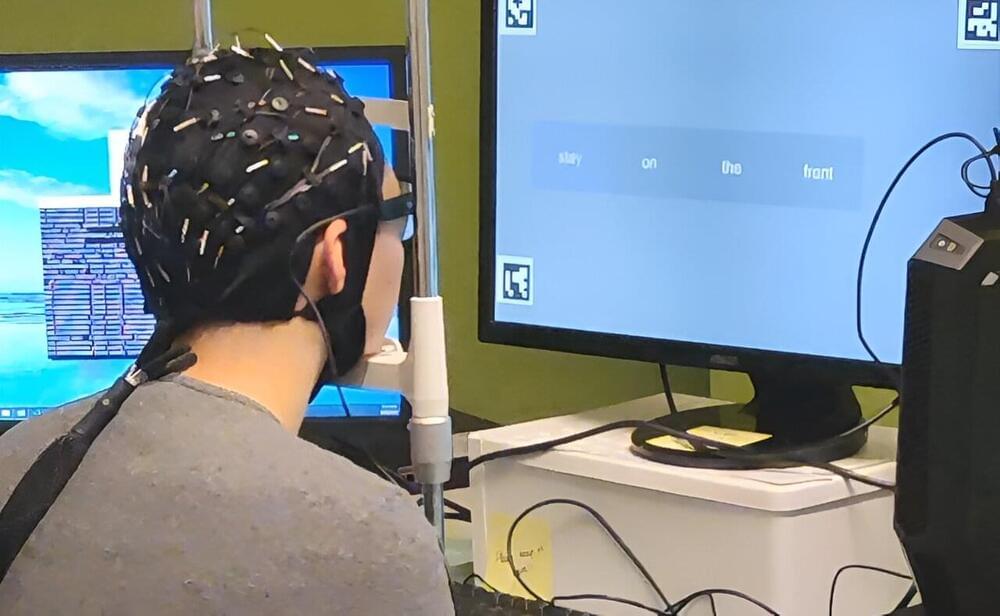Dec 20 (Reuters) — Sales of electric cars in the European Union were almost half of all new passenger car registrations in the EU between January and November 2023 and already crossed the halfway mark in the month of November alone, data showed on Wednesday.
Electrified vehicles — either fully electric models, plug-in hybrids or full hybrids — accounted for over 47.6% of all new passenger car registrations in the EU as of November, up from 43% in the same period last year, the European Automobile Manufacturers Association (ACEA) said.
New-car registrations in the EU increased 6.7% in November, the 16th consecutive month of growth, with a year-on-year rise of 13.3% in the registration of electric vehicles. Petrol car registrations grew by 4.2%, while diesel dropped by 10.3%, the data showed.





